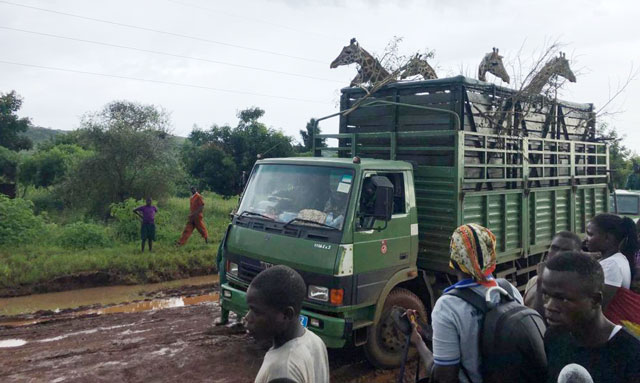
Kampala, Uganda | THE INDEPENDENT | Uganda Wildlife Authority (UWA) last night released the first batch of five Rothschild giraffes into Pian Upe Wildlife Reserve as part of the reintroduction exercise that will see a total of 15 giraffes (5 male and 10 females) reintroduced into the reserve. The giraffes have been translocated from Murchison Falls National Park.
Dr. Panta Kasoma, representing the Chairman UWA Board of Trustees, said that the re-introduction of giraffes in Pian Upe Wildlife Reserve is in line with UWA’s strategic objectives which includes reintroduction of extinct species.
“This exercise addresses one of our key conservation objective of restoring and managing viable populations of extinct or endangered species. We are happy that we now have giraffes in Pian Upe after very many years and we hope this will further enhance tourism in the reserve”, he said.
Dr. Kasoma, who presided over the release of the giraffes in the wild, further added that in addition to increased tourism other benefits such as employment, sale of food and crafts as well as accommodation, increased revenue sharing and other indirect economic benefits will be realized.
On behalf of the Executive Director, the UWA Deputy Director Field Operations Charles Tumwesigye said that in a bid to enhance the tourism potential of Pian Upe Wildlife Reserve, UWA last year translocated 92 Impalas to into the reserve.
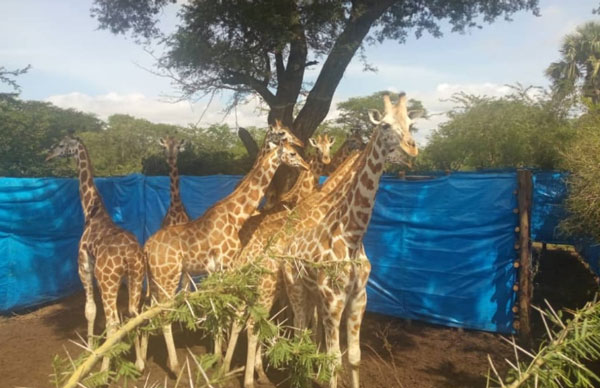
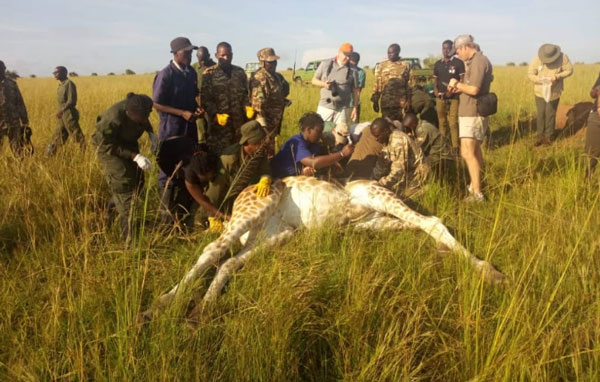
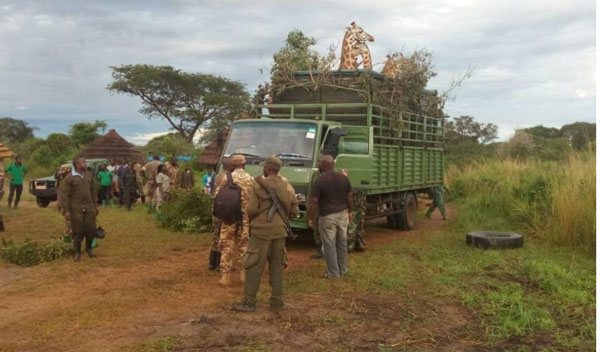
He added that UWA’s efforts to protect the wildlife in the reserve has also resulted to increase in numbers of Roan Antelope, Eland, Zebra, Hartebeest, and Cheetah among others.
The three week translocation exercise will enhance the long-term survival of the species; restore natural biodiversity and long-term economic benefits to the entire wildlife conservation value chain.
It will also enable communities with cultural attachment to the giraffe to participate in its conservation, enhance the conservation value of Pian Upe Wildlife Reserve by reintroducing one of its indigenous species that had become extinct there and diversify tourism products with associated ecological and economic benefits and re-enforce/supplement dwindling populations to enhance biodiversity and ecosystem balance and utilization.
The translocation is being undertaken with support from the Giraffe Conservation Foundation and Chayenne Mountain Zoo in the United States. Uganda Wildlife Conservation Education Centre (UWEC) and Makerere University are also participating in the exercise.
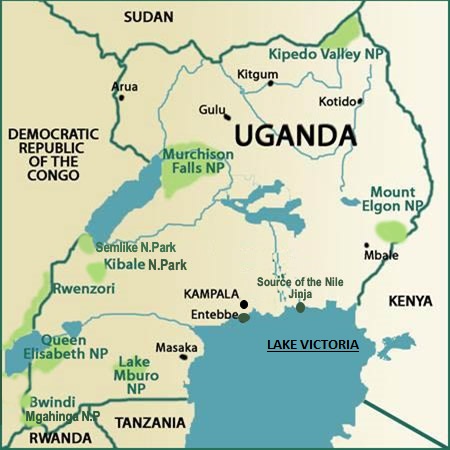
Pain Upe Wildlife Reserve is the largest Wildlife Reserve and the second largest Protected Area (after MFNP) in Uganda, covering an area of 2,043 km2. It was established by a Statutory Instrument (SI) No. 220 of 1964 and amended by SI No. 136 of 1965 as a reserve.
It is located in Nakapiripirit and Amudat districts and bordered by Napak, Katakwi, Kumi, Kween, Bulambuli and Bukedea districts.
Present at the occasion a member of UWA Board of Trustees Leonard Wamakote, UWA management, leaders of districts neighbouring the reserve and community members.
About Giraffes in Uganda.
Giraffe live primarily in savannah and their height allows them to eat leaves and shoots located much higher than other savannah animals can reach, offering them a different food supply. Males can grow up to 6 metres in height. They mainly look out for Acacia trees.
My first hands-on conservation mission. Working with Uganda wildlife authority to transfer 15-20 giraffes to a place which they’ve been extinct for over 40 years pic.twitter.com/vAIjk8AzKK
— Brother Nature (@BrotherNature) October 23, 2019
We were able to successfully capture 10 giraffes in 3 days and will now begin the process to transfer them into their new ecosystem! pic.twitter.com/8g2oadkSPR
— Brother Nature (@BrotherNature) October 26, 2019
Uganda Wildlife Authority (UWA) translocates giraffes from Murchison Falls National Park to Pian Upe in Nakapiririt #MonitorUpdates via Eric Ntalumbwa pic.twitter.com/XKfYgg3jyi
— Daily Monitor (@DailyMonitor) October 28, 2019
According to UWA, the major threats to the giraffe population are humans, who illegally kill them for their skin, meat and hair on the tail. Like other savannah animals, they are susceptible to diseases, which are also a threat. Lions also view them as prey so they need to protect themselves from this potential predator.
History has not been kind to the giraffes in Uganda. Rinderpest wiped out the giraffe population in Ankole region, while in the north and north eastern the population decimation was largely a result of armed conflict, trophy hunting and poaching for meat. These incidents led to local extinction of giraffe in Matheniko by the end of 1968 then Bokora and Pian Upe by the end of 1996. These threats have now been greatly reduced by law enforcement in our protected areas, significant veterinary monitoring and improved community relations.
In 2015, a re-introduction of 15 giraffes was done in Lake Mburo National Park, and 2016 – 2017, 36 giraffes were translocated from Northern side of Murchison Falls National Park to the southern side. In 2018, 14 giraffes were translocated from Murchison falls national park to Kidepo Valley National Park. All these successful translocations have since registered births and their populations have increased hence boosting giraffe numbers nationally.
 The Independent Uganda: You get the Truth we Pay the Price
The Independent Uganda: You get the Truth we Pay the Price




thats a smart move by uwa, as it will increase tourism potential in pian upe national reserve, since it already has unique wildlife species, some of which cannot be traced in some national parks across the country.